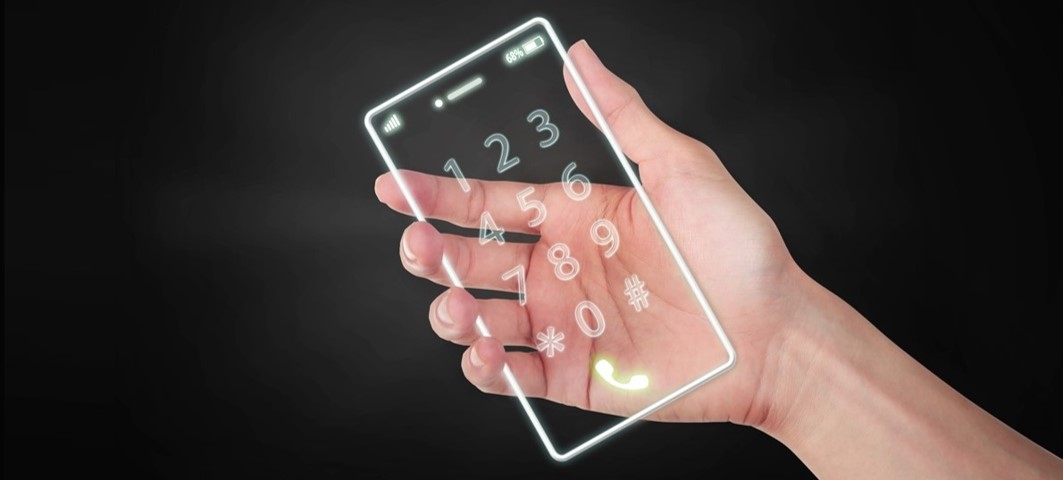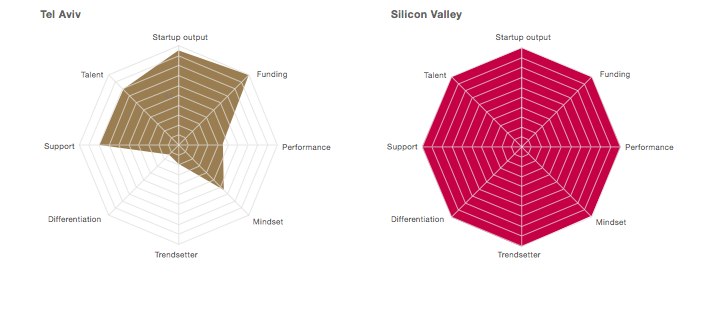Before mobile phones were developed in the 1970s, dreams about handheld phones that worked anywhere and everywhere were brought to life in the world of entertainment: in the 1960s, the character Maxwell Smart often talked on his famous shoe-shaped phone in the television series GetSmart. Before that, a 1931 children’s book, Conrad’s Ride to the South, portrays a man who keeps a phone in his pocket to use while he is out and about around town.
After a series of vehicle-based phone systems were developed in the 1950s, the first handheld mobile phone was introduced by Motorola in 1973; weighing more than two pounds with a battery life of only 30 minutes before needing to be recharged for a full ten hours. Not only are today’s phones a fraction of that size and able to be recharged in minutes, but are for much more than talking. Today there are more mobile devices than people on the planet.
And there is still massive potential for the mobile market, with devices on their way to replacing, at least partially, not only the need for a separate camera, street map or video game console, but also for doctors, medical devices, and lab tests. In addition, traditional devices, tools and objects are increasingly Internet-connected, and tied to smartphone apps. It is apps, doing everything from banking to healthcare, and the growth of internet-connected objects that are the future of this market.
“The days of heady hardware growth are long gone,” according to Business Insider.
The development of analog cellular networks first made mobile phones widely commercially available, beginning with Ameritech’s system in the 1980s. But these phones were simply for talking and were often wired into cars. In the 1990s, a second-generation, known as 2G, emerged, a phone with digital rather than analog transmission, allowing for such features as SMS text messaging, downloadable ringtones, mobile payment systems and limited web browsing; this switch to digital transmission would turn out to be key and, eventually, pave the way for smartphones. Throughout the 1980s and 90s, phones continued to shrink in size and price while their battery life increased.
In addition to the critical switch from analog to digital transmission that occurred in the 1990s, at the heart of future of the mobile market is the smartphone. Although the first smartphone was developed in 1993 by BellSouth and IBM, and grew in popularity among professionals with the advent of the BlackBerry in 2002, it did not reach the mass consumer until Apple launched its iPhone in 2007. Shortly thereafter, several companies followed suit, releasing smartphones running on the Android platform, including Samsung, which first released its Galaxy in 2009. It is smartphones –and their apps — that have fueled the growth of the mobile sector, making it relevant to all areas of life, not just phone calls. With about 1 billion smartphones being sold a year, the app market is estimated to be worth $77 billion by 2017.

As the recent past has shown, it is clear that mobile devices will become increasingly multifunctional through the cloud-connected apps they offer. As for the smartphones and other devices themselves, the trend is toward smaller, wearable devices, and toward devices that can be more easily physically integrated into daily life, as shown by Samsung’s development of a bendable phone.
Although predictions abound for what, exactly, the future will looks like, it is clear that the mobile market will continue to grow, and not only, as in the past, through developing a smarter phone, but also in integrating everyday objects, from one’s pet cat to the apple in the supermarket into the digital world.
Though today, a shoe is not simply somewhere to hide a phone, like in the days of GetSmart, now, through technology developed by Pixie, the shoe itself, through a small tag, can be turned into a mobile digital device that users can track with their mobile phones, never again left scrambling to find their shoes before rushing off to work in the morning.
——————————-
Stay tuned for more information on future mobile technologies and investment opportunities at OurCrowd’s 2016 Global Investor Summit in Jerusalem next week (January 25-26)!









